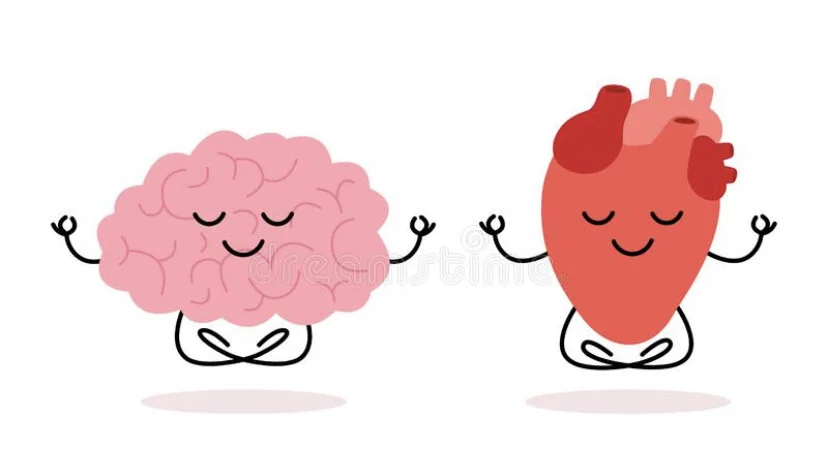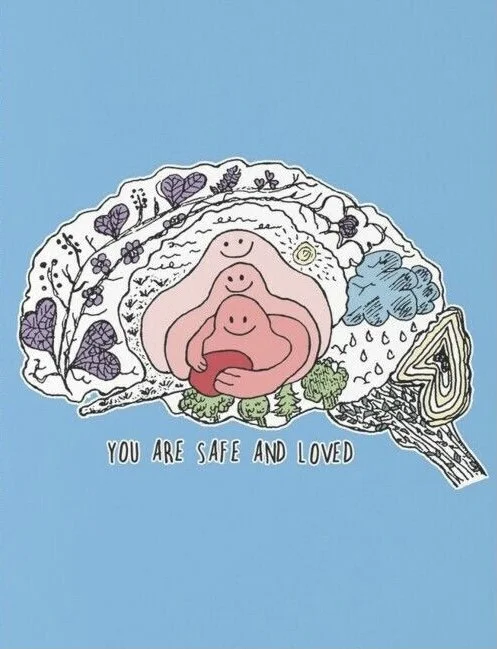The transition through menopause may be likened to the flow of a river, constantly moving and shifting, with no one part the same. This fluidity and changing landscape of your daily experience can challenge your sense of attachment, the need to hold on to what you know and understand before your body decides it's time for the next part of your journey.
Read MoreIn Buddhism, conditioned thought and behavioural patterns are called samskaras, which translates as ‘well planned’ (sam) and ‘the action undertaken’ (kara). As the mental snapshots we take go hand in hand with our emotions, we often walk down the same path, repeating the same actions, deepening the grooves of our samskaras and forming habits. The deeper the grooves, the more indelibly the impressions form in our minds and bodies.
Read MoreYoga Therapist, Lindsey Brown, writing for The Minded Institute, debunks the most common myths associated with Menopause, and gives her experience and advice on the best therapeutic yoga tools to help with menopausal symptoms.
Read MoreI discussed in my previous blog how the amygdala is located in one of the oldest parts of the brain, the limbic system (our unconscious brain). The prefrontal cortex (PFC) is located in the frontal cortex (conscious awareness) which develops last and is able to inhibit the old brain.
Read MoreThe brain. Honestly it blows my mind (no pun intended).
Let me introduce you to your overpowering friend, you know the kind, you need them in your life but better in small doses.
Welcome, the amygdala.
Read MoreFirstly, thank you to those who commented on the last blog, it was so insightful to hear of your journeys and different experiences. It really highlighted how one size doesn’t fit all but as a collective it affects us mentally & physically, it’s simply the intensity that varies. One of the comments:
Read More





